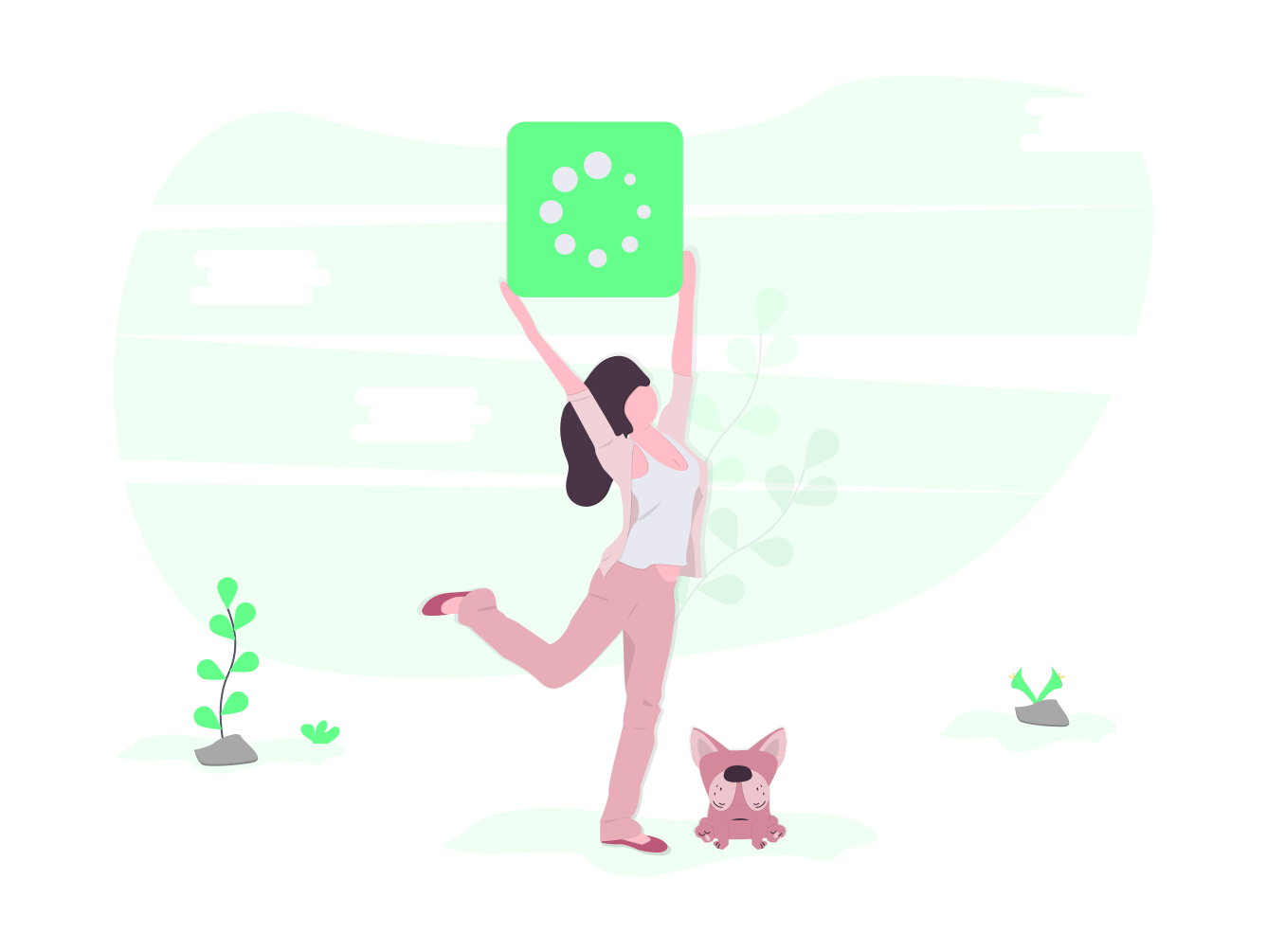Hello Friends, Today in this post we’ll learn How To Use Responsive Card In Bootstrap 4. recently I have shared the Responsive Login & Registration Form Using HTML, CSS, and JavaScript. but our today’s topic is How To Use Responsive Card In Bootstrap 4.
Cards are an excellent way to organize and display information. With hover effects, you’ll be able to create such a lot of different and original designs for those card boxes. If you would like to utilize cards as links to other pages, using hover effects to create depth could be a good way to convey that they are clickable.
In this tutorial, I’ll show you how to build cards/Content boxes and create a nice hover impact. Adding CSS hover effects to a website is a great way to draw the attention of the users and make the website to be more engaging. Below, we’ve 3 cards. every card container has a class name of .card which is a Bootstrap content container.
Cards are very plain with as very little markup as possible but they’re highly customizable. Bootstrap cards are also built with flexbox so we can take care of their size and alignment by adding built-in Bootstrap classes in the HTML code and use minimal CSS.
we’ll select these classes to add the box-shadow and add color effect on hover and change the cursor. Adding these classes is optional, as you can simply choose the .card class to add the hovering result but it’s much more practical. The power of CSS3 is enormous and in this tutorial, we will see how to exploit it in a very creative way.
Create a container that will have our image and all the other information. Inside the view insert an element with the class mask that will be responsible for our effects driven by CSS3 and inside it we will put a title, description, and a link to the full image.
CSS hover effects offer us the ability to animate changes to a CSS property worth. in the following lesson, we are going to follow that up with different kinds of effects specifically built for use with the card. However, this effect can make your website feel much more dynamic and alive. the effects we’ll be using today all use code that is supported by modern browsers.
All Hover.css effects make use of a single element are self-contained so you can easily copy and paste them, and come in CSS, Sass, and fewer flavors. Many effects use CSS3 features such as transitions, transforms, and animations. Old browsers that don’t support these features may need some extra attention to be certain a fallback hover effect is still in place.
The card design or you can say an angel color shade background can be created by using HTML and CSS. This background can be used as a cover pic of your card that will be attractive. In this article, we will create a simple card design with a hover effect background. We will divide the article into two sections in the first section we will create the structure and in the second section, we decorate the structure.
For any doubts and queries, feel free to leave comments below. Remember to subscribe to our channel. Do share the tutorial if you think it’s worth it.
HTML

CSS

What’s Happening i am new to this, I stumbled upon this I have found It positively useful and it has aided me out loads. I hope to contribute & help other users like its helped me. Good job.
Some really interesting information, well written and generally user friendly.
Wow! This could be one particular of the most beneficial blogs We have ever arrive across on this subject. Basically Great. I’m also a specialist in this topic so I can understand your hard work.
Hi there! This post couldn’t be written any better! Reading through this post reminds me of my previous room mate! He always kept talking about this. I will forward this article to him. Pretty sure he will have a good read. Thank you for sharing!
I am so grateful for your article post.Really thank you! Great.
I really liked your blog article.Much thanks again. Awesome.